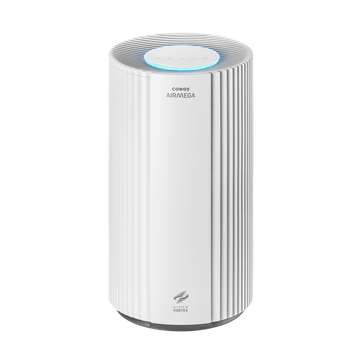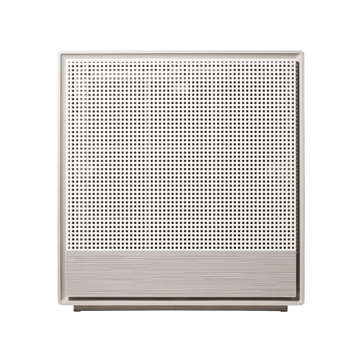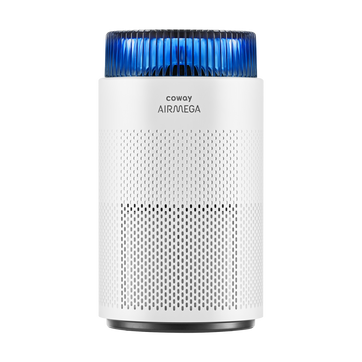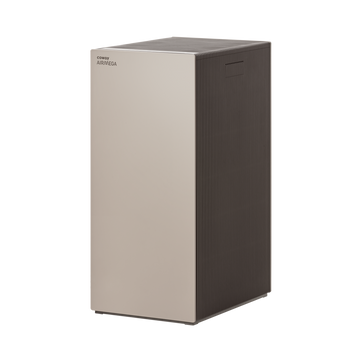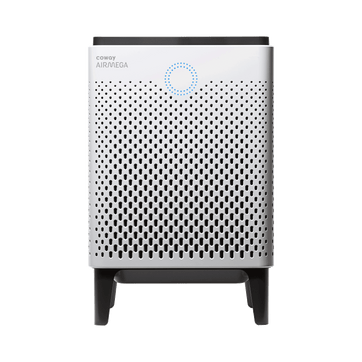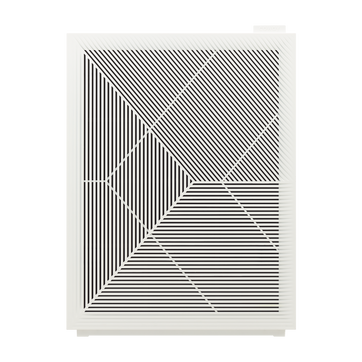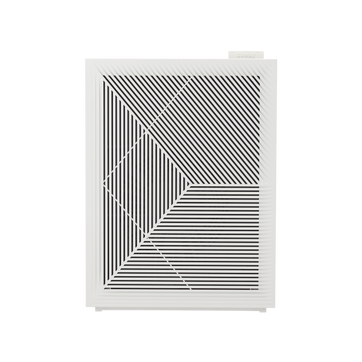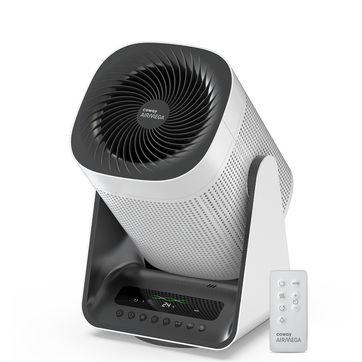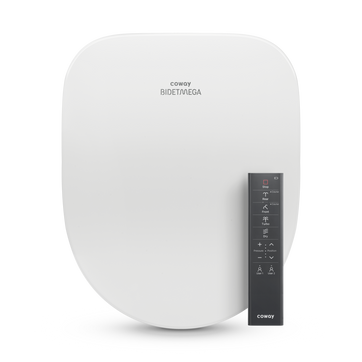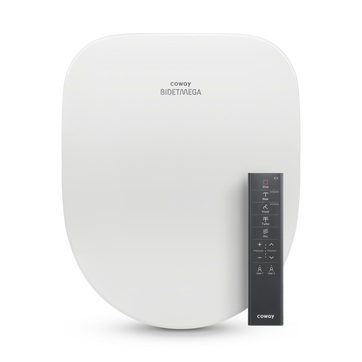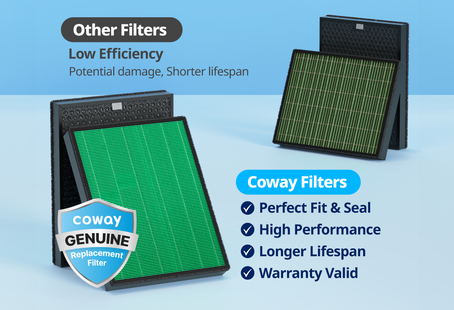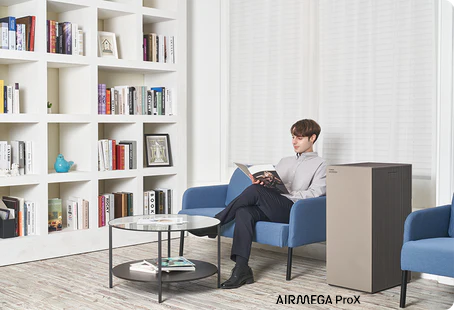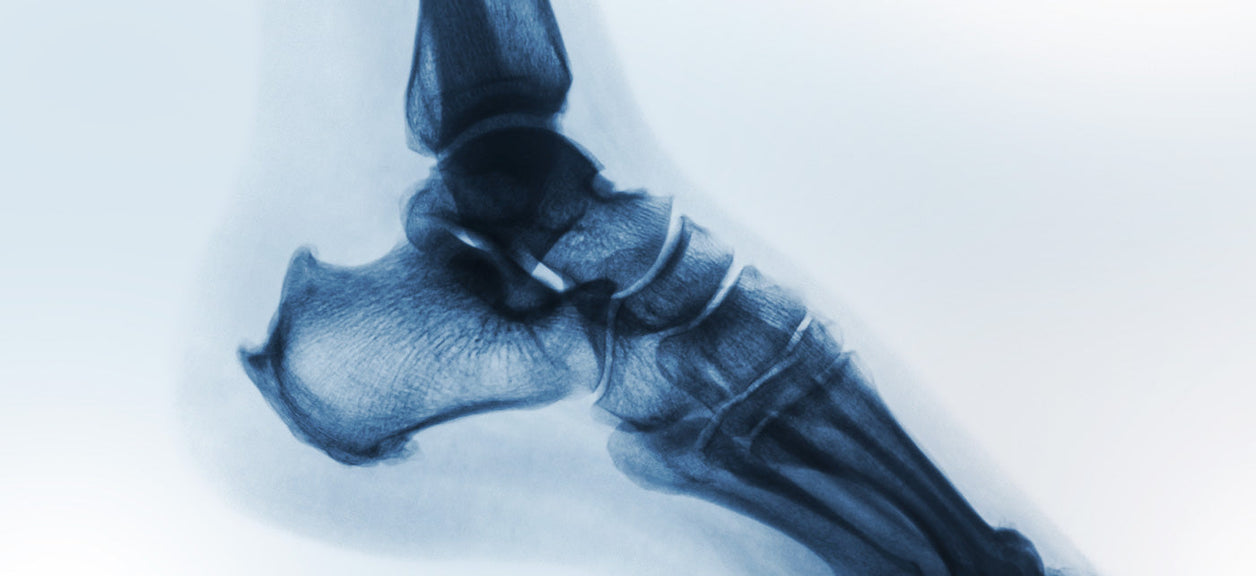
Is air pollution bad for your bones?
Poor air quality has a wide variety of unpleasant health consequences, such as asthma, a decrease in male fertility, and cardiovascular disease. But recent research has also shined a spotlight on another problem: an increase in the risk of developing osteoporosis.
The Research
A team of researchers from Columbia University’s Mailman School of Public Health, Northwestern University, and other institutions conducted two studies looking at the relationship between components of air pollution, like elevated levels of particulate matter and osteoporosis, a condition that results in brittle and weak bones and a greater risk of fractures.
Increase Incidence of Bone Fractures
In the study published by The Lancet, researchers analyzed osteoporosis-related hospital admissions among 9.2 million Medicare enrollees in the Northeast/Mid-Atlantic region of the United States from 2003 to 2010. The findings: Even a small increase in small particulate matter concentrations is associated with a rise in bone fractures among older adults. The research also documented that there is an especially high rate of admissions for bone fracture in low-income communities.
The Correlation
The study, which evaluated 692 middle-aged low-income men, found that individuals living in areas with higher small particulate matter and concentrations of black carbon, a component of air pollution from automotive emissions, had lower levels of a hormone that regulates calcium levels and the rebuilding of bones. As the study indicates, particulate matter is known to cause systemic oxidative damage and inflammation. Researchers suggest this characteristic of particulate matter, in particular, could accelerate bone loss and increase the risk of bone fractures.
Fractures and Osteoporosis
Osteoporosis is the most common reason for fractures among the elderly. There are approximately two million osteoporosis-related bone fractures a year in the U.S., resulting in $20 billion in annual direct health costs. The consequences are serious: In addition to potentially ending the ability of an individual to live independently, the risk for death increases by as much as 20 percent.
Is there anything you can do to protect yourself? Certainly, many doctors say you can try to prevent osteoporosis with regular weight-bearing exercise and a diet rich in calcium and vitamin D. In addition, one way to reduce the amount of particulate matter in your home is to use a smart air purifier with a HEPA filter, like Airmega.
Disclaimers
1Coway air purifiers has been proven to trap dust, pollen, dander, viruses and bacteria in the air based on KCL (Korea Conformity Laboratories) testing.They have been tested in a 30㎥ size chamber according to the Korea Air Cleaning Association standard (SPS-KACA 002-132:2022 Modified) to measure the 0.01㎛ size of particle removal rate. It was tested on maximum airflow speed in normal room temperature and humidity conditions. The performance may vary in the actual living environment of customers.
→ Tested with Airmega Aim, 150, 160, AP-1216L, AP-1512HH, AP-1512HHS, 200M, Icon, IconS, 230, 240, 250, 250 Art, 250S, 300, 300S, 400, 400S, ProX
299.97% of viruses, bacteria, fungi and pollen were verified to be removed from the air for Coway air purifiers which have Green True HEPA™ filter applied based on the Japan Food Research Laboratories(JFRL) testing according to JEM 1467 standard.
→ Tested with Coway Airmega AP-1512HH, AP-1512HHS, 250, 250 Art, 250S, 300, 300S, 400, 400S
→ All tested by JFRL and received above result within below time.
All tested by JFRL and received above result within below time.
- Virus: Tested with Escherichia coli phage ΦX174 NBRC 103405, 60 minutes
- Bacteria: Tested with Staphylococcus epidermidis NBRC 12993, 60 minutes
- Fungi/Mold: Tested with Penicillium citrinum NBRC 6352, 60 minutes
- Pollen: Tested with Cedar Pollen extract, 60 minutes
3Aerosol test conducted in a Biosafety level 3 laboratory with two Coway air purifier models, Coway Airmega 250 and 400 for removal of SARS-CoV-2 Aerosol by US based MRI Global, a not-for-profit laboratory and partner of US Department of Defense. The test was conducted in a 13.1ft3 chamber. Virus was aerosolized for 15 minutes and the product was turned on high for 2 minutes. Result showed each product effectively removed over 99.98% of the SARS-CoV-2 in 2 minutes. This is a result from a laboratory experiment condition and result may vary in different conditions. This result does not imply it kills SARS-CoV-2 or prevents the transmission of Covid-19. Coway Airmega 250S and 400S are identical to the tested models and has equal performance with an additional mobile connectivity function.
4The concentration of ammonia, acetaldehyde and acetic acid were proven to be removed within 30 minutes by FCG Research Institute, Inc. Human Life Science Lab. It is not a demonstration result in the actual use space. Not all odors and gases may be supported. → Tested with Coway Airmega 150, 160, AP-1512HH, AP-1512HHS, 400, 400S
5The coverage area of the air purifier is based on an area where the air cleaner can make two air changes per hour (ACPH). An air change per hour translates to how many times an air purifier can clean an area, assuming the height of a ceiling to be 8 ft, in one hour. Therefore ** means two air changes per hour means that the cleaner can clean the area once every 30 minutes and * means air changes per hour means that the air purifier can clean the area once every 60 minutes.
10Terms and conditions apply. Discounts, including promotions, coupons, bundle discount and subscription discount, cannot be stacked on top of other coupons. During promotional periods, discount codes will not be able to be applied to orders. Promo codes may apply to products only—filters, accessories, and new products within 3 months of the release date are not included.
